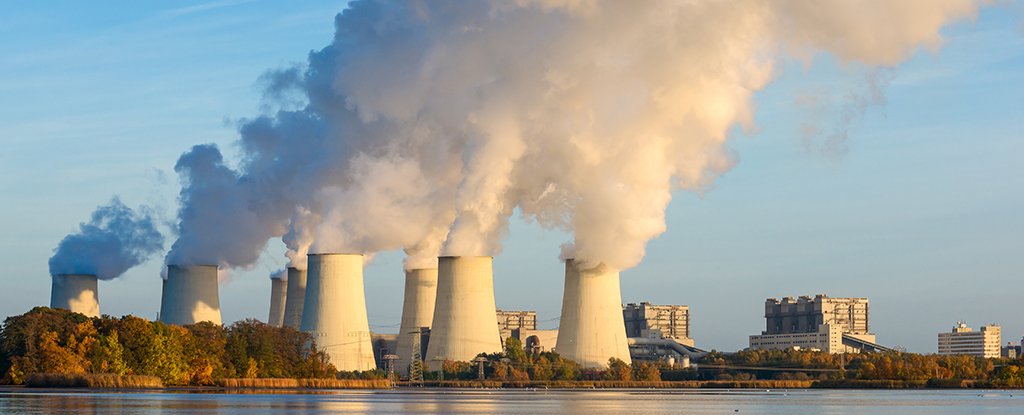
Ugis Riba/Shutterstock.com
begin quote from:
This Low-Cost Carbon Dioxide Splitter Just Changed The Game For Solar-Powered CO2 Reduction
7 JUNE 2017
Scientists have developed the first low-cost system for splitting carbon dioxide into carbon monoxide and oxygen - a process that's crucial if we're going to ramp up renewable energy use in the future.
This splitting process has long been identified as a promising way of turning renewables into fuel without increasing the levels of carbon dioxide in the atmosphere, but until now, no one had come up with a method that was cheap enough to be practical.
The solution devised by a team from the École Polytechnique Fédérale de Lausanne (EPFL) in Switzerland is based on an electrolysis technique using copper-oxide nanowires modified with tin oxide, which splits CO2 with an efficiency of 13.4 percent running on solar power.
"The work sets a new benchmark for solar-driven CO2 reduction," says one of the researchers, Jingshan Luo.
To understand why this is so important for a cleaner environment, we need to go back to basics, and the idea that splitting harmful carbon dioxide into its essential parts is good for the planet, as CO2 levels in the atmosphere increase.
The unfortunate catch is that such a split requires energy – and if the ultimate aim is less CO2, that energy needs to be provided by a source that doesn't generate more of it.
That's why scientists have been working so hard to find a solution. Once carbon monoxide is released, it can be combined with hydrogen to produce synthetic carbon-based fuels, which means CO2 gets taken out of the atmosphere, and we get clean fuel at the other end - a win-win.
Current methods for doing this are prohibitively expensive, and need more energy to break down the carbon dioxide than they put out in return, which is why this new method is potentially so exciting.
Copper and tin are both available in abundance, so the system shouldn't cost much to scale up, and the electrolysis reaction that creates the split is relatively simple to set up.
By using an atomic layer of tin to trap the energy that would normally be lost when copper is used as an electrode, then adding a thin membrane between the anode and cathode to optimise both sides of the reaction, the researchers were able to create a finely tuned system that doesn't use up more energy than it gives out.
As well as reducing CO2 levels, if this splitting system can be developed, it helps with the problem of storing energy from renewable sources by turning it straight into liquid fuel.
"This is the first time that such a bi-functional and low-cost catalyst is demonstrated," says one of the team, Marcel Schreier.
"Very few catalysts - except expensive ones, like gold and silver - can selectively transform CO2 to CO in water, which is crucial for industrial applications."
One such industrial application could be set up at the Climeworks plant in Zurich in Switzerland, where scientists are aiming to capture carbon dioxide from the air and convert it into fertiliser.
If experts can figure out a way to effectively trap the CO2 that's being pulled in, then we now have a way of turning that into fuel very efficiently.
We've got a long way to go before we can be confident of slowing the changes that are happening to our planet, but developments like this give us hope for the future.
The research has been published in Nature Energy.
Learn More
- Regorafenib not cost-effective as second-line therapy for hepatocellular carcinomaNeehar D. Parikh et al., Healio, 2017
- Boosting Income During the COVID-19 CrisisRenal and Urology News, 2020
- Tips for Getting Practices Back to Full ServiceTammy Worth, Renal and Urology News, 2020
- Rucaparib maintenance therapy may benefit certain patients with advanced pancreatic cancerKim Reiss Binder et al., Healio, 2019

No comments:
Post a Comment